Artist: Charles Mingus Album: Let My Children Hear Music
Year: 1972Duration: 1:00:09
Letting Our Ears Embrace Charles Mingus' Musical Genius
Jazz music has always been a unique genre that calls to the soul of its listeners. Amongst the legends who have paved the way for this genre to thrive is Charles Mingus. Mingus was not only an accomplished bassist but also a composer, arranger, and bandleader. His album Let My Children Hear Music was released in 1972, shortly before the artist's death. The album features an array of musicians who showcase their exceptional talents in bringing Mingus' music to life. Today, we take a critical review of this monumental album and discover what makes it a must-listen for all jazz lovers.
Charles Mingus was known for his complex basslines and the arrangements of his pieces that were not always easy to follow. Let My Children Hear Music is no exception. From the opening track, the listener is welcomed into a jazz orchestra of some of the best jazz musicians of the time. The album's genre can be classified as avant-garde jazz or free jazz, a genre that was marked by the artist's innate ability to improvise arrangements on the spot.
One of the most innovative parts of the album is Mingus' unique approach to composing music. Every song is carefully thought out with each tune complementing the other. Out of the six songs in the album, each one has its theme, yet they blend so well that they almost sound like one big composition. Moreover, the way the instruments come together to fit each song is simply mesmerizing. The Shoes of the Fisherman’s Wife are Some Jive Ass Slippers is a perfect example of how Mingus was able to play with syncopation and tempo to deliver a piece that is both complex and easy to listen to.
The two standout tracks from the album are Adagio Ma Non Troppo and Hobo Ho. The former is a soothing symphonic piece that features a brass section while the latter is a 12-minute-long bop that is a joy to listen to, both for the excellent solos and its call-and-response structure. The piano solo in Adagio Ma Non Troppo is another one of the album's best moments. The exquisite melody and the sheer beauty of the composition are worth noting.
While Let My Children Hear Music is a great record, it has some shortcomings as well. Some tracks, such as The Shoes of the Fisherman's Wife are Some Jive-Ass Slippers, can come off as repetitive, and it feels like the song could have been shortened. The song Black Saint and the Sinner Lady is often favored more than this album because it was performed and crafted into an essential long narrative.
In conclusion, Charles Mingus' Let My Children Hear Music is a timeless album that has continued to delight listeners for decades. Its unique genre, innovative composition, and exciting delivery make it stand out amongst the great jazz albums. Tunes like Adagio Ma Non Troppo and Hobo Ho will continue to be classic jazz hits, with their intricate melodies and solos. Though it might not be Mingus' most well-known album, it is undoubtedly an essential piece of jazz music history. Listeners who have not yet discovered this album would be missing out on a true gem. So, press play, relax, and let the magic of Mingus weave its spell on you.
Charles Mingus albums
Other #Jazz albums:
SIMILAR BANDS
balls, from 1 to 5, describe similarity between the two bands
SOMETHING NEW? LISTEN TO RADIOGENRE
 MTS Management Group
MTS Management Group Post punk
Post punk Electroclash
Electroclash Berlin Music Video Awards
Berlin Music Video Awards Techno hardcore
Techno hardcore Rap metal
Rap metal Pop rock
Pop rock Electro pop
Electro pop Alternative rock
Alternative rock Progressive rock
Progressive rock
SUGGESTED PLAYLISTS

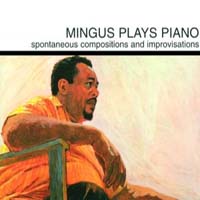
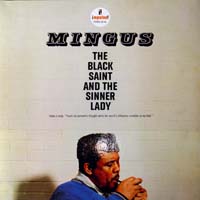
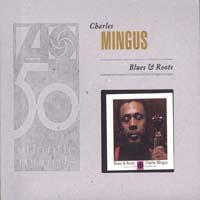
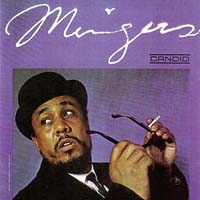
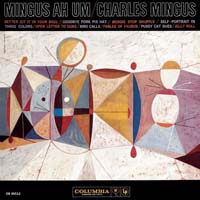
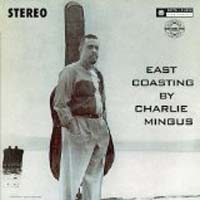
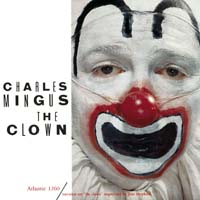
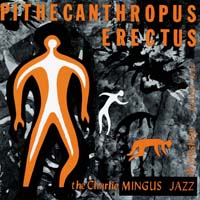
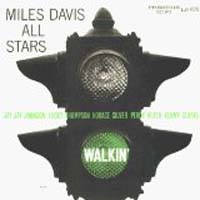
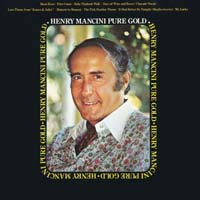
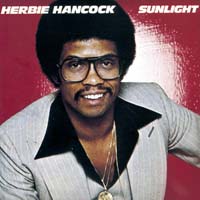
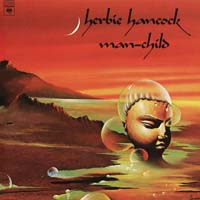
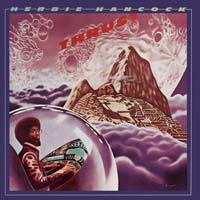
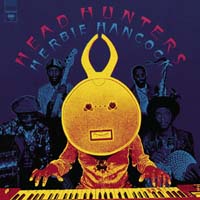
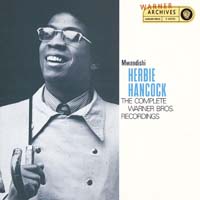
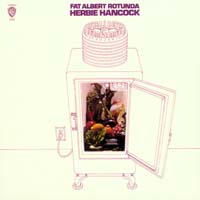
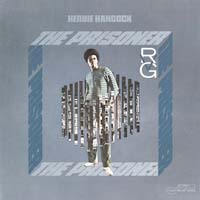
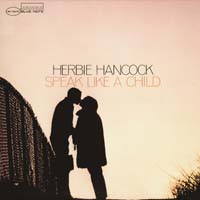
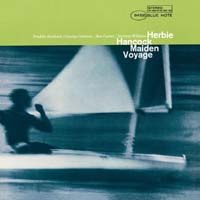
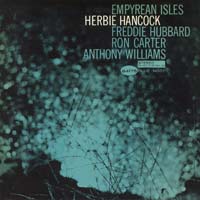
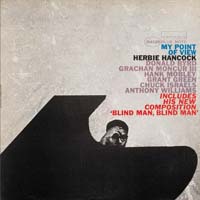
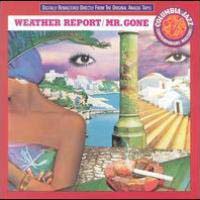

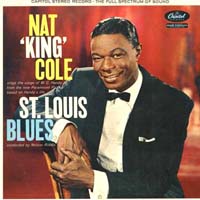
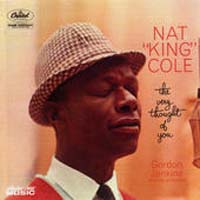
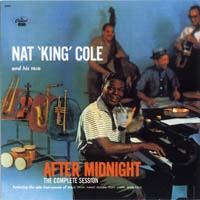
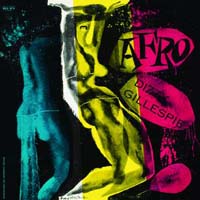
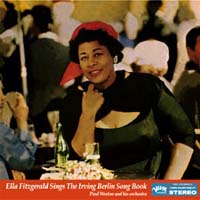
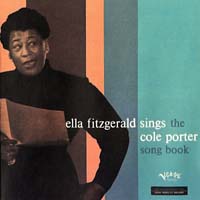
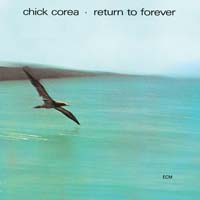
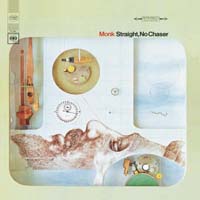
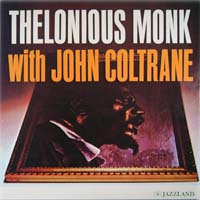
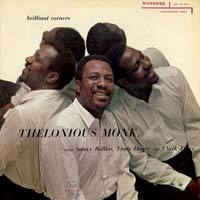
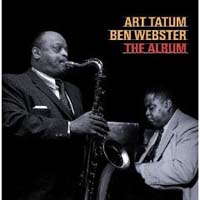
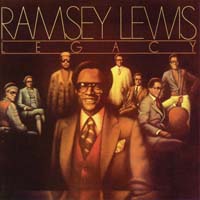
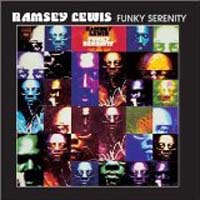

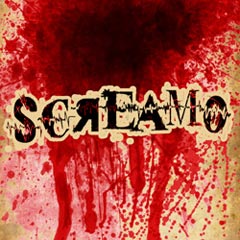 The very best of screamo
The very best of screamo The very best of industrial metal
The very best of industrial metal Smoking a bong on your friend's couch
Smoking a bong on your friend's couch The sad and nostalgic rock
The sad and nostalgic rock The torments of the dark rock
The torments of the dark rock The very best of hard rock
The very best of hard rock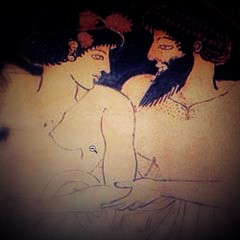 The symposium of love
The symposium of love Italian New Year Eve
Italian New Year Eve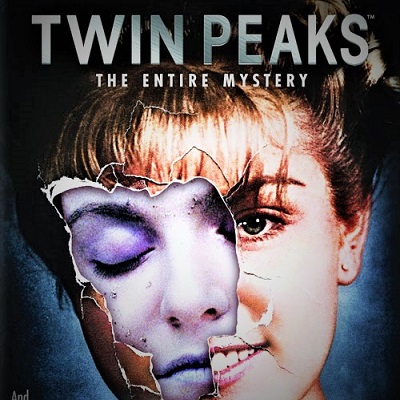 The secret diary of Twin Peaks
The secret diary of Twin Peaks